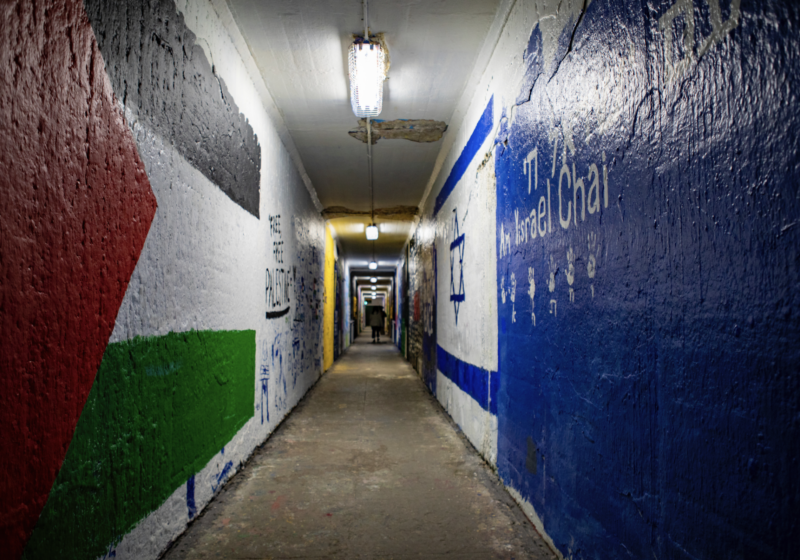If you can spare a few moments from cramming for midterms or have a pronounced love for all things Russian, it would be very much worth your time to take a trip to the Memorial Art Gallery to peruse its main exhibit, ‘Tradition in Transition: Russian Icons in the Age of the Romanovs” and its companion, ‘Subverting the Sacred: the Face of Lenin.”
While seemingly humble at first, ‘Tradition” offers an extensive examination of the development of religious painting throughout seventeenth through twentieth century Russia. This period, while usually disregarded as devoid of artistic worth, was subject to many cultural tensions, as displayed in the religious icons produced.
The exhibit is on tour for the first time ever, owned by Hillwood Museum and Gardens and containing 43 pieces in entirety. Lenin contains namely twentieth century works that idolized Vladimir Ilich Lenin as an artistic icon. Organized by the MAG itself, the exhibition acts as a powerful companion show, superimposing contemporary political iconoclasm with the more traditional religious imagery of the past.
Tradition focuses on how the Romanov elite, eager to Westernize, challenged long-held cultural values, which henceforth affected the artistic portrayal of Orthodox religious icons. The exhibit successfully conveys this transition by encompassing a broad chronological range of pieces.
Early icons, for example, are still very Byzantine in style, with an emphasis on spirituality and elongated facial features. Lines are simple, clothes are sparse, and the religious icon is at center. Furthermore, the use of tempera, or egg white and pigment, only allows for two-dimensionality in all earlier works. On the contrary, later pieces are painted in oil, which creates intense depth of color. Their subjects, while still religious figures, are also clothed in modern garb, with rich brocades, jewels and all the amenities of a contemporary courtier. Thus, the focus has shifted from the strictly divine toward the materialistic and Western, mimicking changes occurring simultaneously in Russia herself.
Further down the Great Hall is ‘Lenin,” an exhibit also organized by the MAG. While not as prolific as ‘Tradition,” it is an appropriate companion show that successfully addresses a time period not typically known for its artistic contributions.
Furthermore, it amasses works that both idolize and satirize the face of a communist leader who passionately objected cult behavior religious or otherwise the irony of which permeates the entire exhibit. The show includes pieces that are both lovingly painted as well as mass-produced, all of which show Lenin as a new icon of the Russian citizenry. Alongside ‘Tradition,” this exhibit serves to question where the icon stands amid cultural tensions and how its portrayal, due to its importance in social life, reflects the status of a country as a whole.
On Dec. 4, the MAG is hosting a Palette to Palate event, where you can enjoy the exhibition as well as traditional Russian food. MAG admission is always free for UR students with ID, and the Red Line will take you right by the front door. Both exhibits run through Jan. 4, 2009.
Sheu is a member of the class of 2010.





